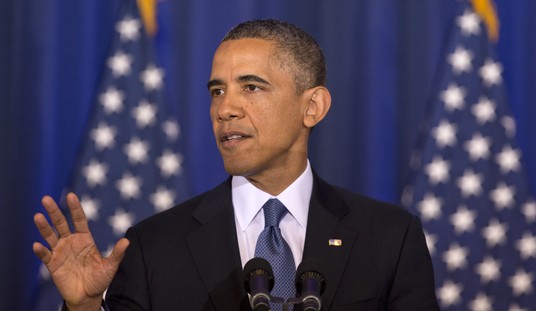This story could just have easily been headlined “Donors Pledge Half a Billion Dollars to Save Blacksmith Industry” or the “Wheelwright Industry.” The only people who believe the local news industry is important enough to save are journalists who are losing their jobs.
It’s a titanic waste of money to try to resurrect an industry that’s already dead. But several very rich philanthropic organizations have a lot of extra money to blow on lost causes, so it’s half a billion dollars to a quixotic attempt to bring back a period in history where men were men, girls were girls, and people cared about what was going on in their neighborhoods.
Local newspapers have survived to this point by publishing “Ghost Newspapers.” These are newspapers that publish stories largely written by a third party — the Democrats, Republicans, big business — and then passed off as locally created by a larger corporation like Gannett or the Tribune Company. There may be a few blurbs about the local high school teams, or a summary of what went on at the open town council meeting (that no one attended).
Americans don’t live the way we did in the 1950s. Communities are not as close-knit as we once were, so interest in what’s happening in our neighborhoods has dramatically lessened. And as readership has declined, so, too, has advertising revenue, forcing a huge change in the way that local news is reported, but also how it’s created. There are far fewer reporters, editors, and writers.
That’s just the way the news business has shaken out.
But some philanthropic groups think they can bring back the good old days.
Philanthropies that recognize the need to strengthen democracy are beginning to see that progress on many different issues depends on the public’s understanding of facts, said John Palfrey, MacArthur Foundation president.
Driven largely by a collapse in advertising markets, the number of newspapers in the United States dropped from 8,891 in 2005 to 6,377 last year, according to a Northwestern study. Papers are continuing to close at a rate of two a week, Franklin said. Many that survive, particularly in larger markets, are shells of themselves. The estimated 75,000 journalists who worked at newspapers in 2005 was down to 31,000 last year.
“I don’t think we have the answer,” said Alberto Ibargüen, president of the John S. and James L. Knight Foundation. “I don’t think we have the next thing.”
Well, Alberto, you have the answer, alright; it’s on that monitor staring back at you on your desk or on your phone.
It’s doubtful someone said something similar when there began to be more autos on the street than horses. So blacksmiths, wheelwrights, and carriage makers didn’t need some bloke in a $1,000 suit telling them to hang on because “the next big thing” was coming to save their jobs.
“We’ve failed 1,000 times. We’ve failed all kinds of ways,” says Ibargüen. “An informed electorate, an engaged community, is core to a well-functioning democracy. I am very optimistic that if we have more experimentation, we will find a way.”
What’s the definition of “insanity” again”? Einstein had it about right.
“The definition of insanity is doing the same thing over and over and expecting different results.”










Join the conversation as a VIP Member